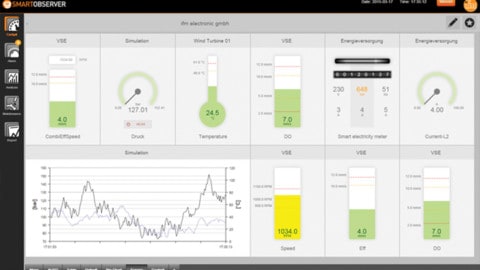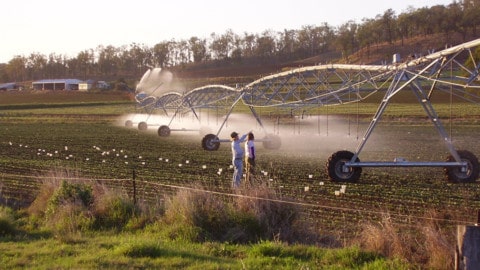The term peristaltic pump is applied to various ranges known as hose or tube pumps. They are self-priming rotary positive displacement pumps, and consist of three major parts: hose or tubing, housing and rotor. The hose/tube is placed in the tubing bed between the rotor and the housing.
The rotor has a number of “rollers” or “shoes” attached to the external circumference that move across the hose/tube where it is occluded (squeezed) pushing the fluid. The hose/tube behind the shoe or roller recovers its shape, creating a vacuum and drawing fluid in behind it.
Liquid is trapped between the rollers specific to the ID of the hose/tube and the geometry of the rotor. Flow rate is determined by multiplying speed (rpm) by the volume of the trapped liquid. The volume moved is consistent, even under a wide range of viscosities or density. The flow rate is directly proportional to the gearbox speed (rpm).
So what’s the difference between a hose and a tube pump?
Hose pumps
- High pressure – can operate at pressures up to 16 bars
- Typically use shoes
- Casings are filled with lubricant to prevent abrasion of the exterior of the pump tube and to aid in the dissipation of heat
- Use reinforced tubes, often called “hoses”, with a very thick wall
- For a given ID the hoses have much bigger OD than tubing for the roller pump
- Force needed to occlude the hose is much greater than for the tubing
- A bigger pump and motor is needed for a given flow rate with the hose pump

Tube pumps
- Lower pressure – can operate at pressures up to 4 bar
- Typically have dry casings, and use rollers and use non-reinforced, extruded tubing
- Use rollers to squeeze the tube
- Have a minimum of two rollers 180 degrees apart, and as many as eight or 12 rollers
- More rollers increase the frequency of the pumped fluid at the outlet, decreasing the amplitude of pulsing
- More rollers reduce tubing life due to a higher number occlusions

Roller designs
There are two kinds of roller design in peristaltic pumps:
1. Fixed occlusion: The rollers have a fixed locus as it turns, keeping the occlusion constant. This is a simple, yet effective design. The only downside is that the occlusion as a per cent on the hose/tube varies with the variation of the hose/tube wall thickness. Therefore, tubing at the high end of the wall thickness, but within the accepted tolerance, will have higher per cent occlusion, increasing wear and decreasing tube life. The hose/tube wall thickness tolerances today are kept pretty tight so that this is not much of a practical issue.
2. Spring loaded rollers: The rollers are mounted on a spring. This design is more elaborate than fixed occlusion, but helps overcome variations in the hose/tube wall thickness over a broader range. Irrespective of variations, the roller imparts the same amount of stress on the hose/tubing that is proportional to the spring constant.
The operating pressure of these pumps is determined by the hose/tubing, and the motor’s ability to overcome the strength of the hose/tubing and the pressure of the pumped fluid. Consult your local pump supplier for choosing the best peristaltic pump for you.

Article courtesy of Kelair Pumps Australia “When Pump Knowledge Matters” Phone 1300 789 466, or visit www.kelairpumps.com.au.

















